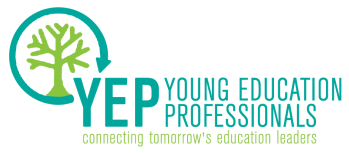The reason Rees’ analysis disappoints is not because he is totally wrong that MOOCs fall short pedagogically; it’s that he gives such short shrift to the specific reasons why they fall short — which is a much more convincing reason to believe not only that we should maintain the status quo or something similar, but that the market will demand the extra value the current system produces. There are real reasons to believe that some MOOCs can be really great. And the huge expense of college is a real barrier to access that ought to concern all who pay attention to the limits to social mobility in this country and the role higher education plays in that story. In many other industries, technology is the key to the sort of productivity gains that allow for lower costs to consumers. Seen in this frame, the enthusiasm for MOOCs is understandable. This is not just cool technology; it is a potential source of greater equity in higher education without reducing quality. But if you don’t square your criticism at the plausibility of that potential, you risk being dismissed easily.
Those of us who have our doubts about the potential for MOOCs see the biggest shortcoming not as their potential to provide high-quality courses, but in their ability to engage students at scale. The recent suspension of the blended course experiment between San Jose State University and Udacity demonstrates this point a bit. These courses were suspended because of high failure rates: between 56 percent and 76 percent of students didn't pass. Now, as Megan McArdle has argued, if costs are low or nothing, then student failure (especially if it is a result of choosing not to continue a course rather than coming up short academically) is not such a big deal.
But I suspect that such failure rates are not the result of a rational cost-benefit analysis on the part of busy students who had something legitimately better to do. Because busy students, or even not-so-busy students, will always have the entire depths of the internet to plumb, or endless amounts of TV to binge watch, or friends to hang out with, etc. This is precisely the point: The missing piece of the social structure of pressure, expectation, and oversight that comes with an in-person education is largely missing in MOOCs. That raises serious questions about the amount of self-discipline required to complete a course without that structure.
Indeed, the amazing thing about the SJSU experiment is that as many as 44 percent of students passed. That should tell us that for some portion of students, MOOCs really might work. But at what scale? And can new iterations or changing societal norms change the degree to which that pressure works so that more students succeed? I have my doubts that we can recreate online the same sort of social pressure that comes with real-life interaction, but for the sake of equity in college access and the potential end to crushing student loan debt, I sure hope we can.
CJ Libassi, a former teacher, is an intern through Leadership for Educational Equity in the education policy program at the New America Foundation. He can be reached at clibassi(at)hotmail(dot)com or on Twitter (at)clibassi.

 RSS Feed
RSS Feed